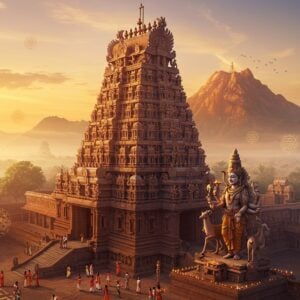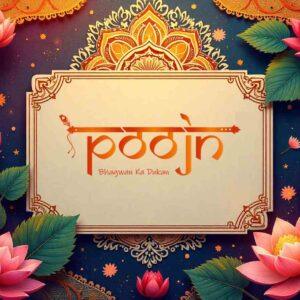
Parallel Cinema, also known as the Indian New Wave, stands as a powerful expression of India’s diverse cinematic landscape. Unlike the vibrant spectacle of Bollywood, this movement embraces realism, weaving narratives that reflect the everyday lives of ordinary Indians. It emerged in West Bengal during the 1950s and gained significant momentum throughout the 1960s, 1970s, and 1980s.
Origins and Inspirations
Parallel Cinema drew inspiration from Italian Neorealism and other international New Wave movements. These influences encouraged filmmakers to explore authentic stories and address social issues, departing from escapist fantasies. Directors like Satyajit Ray, Mrinal Sen, and Ritwik Ghatak became pioneers, using their craft to illuminate India’s socio-economic realities. These filmmakers sought to portray a different side of India, one that wasn’t always glamorous or idealized.
Realism at Its Core
Realism is the defining characteristic of Indian New Wave cinema. These films delve into the everyday struggles of ordinary people, creating stories that resonate deeply with viewers. They explore themes of poverty, caste dynamics, and gender inequality, often using regional languages to enhance authenticity. This commitment to realism sets these films apart from the song-and-dance formula of mainstream commercial cinema. The focus on everyday struggles allowed for a deeper exploration of social and political issues.
Key Figures in the Movement
Visionary directors played a pivotal role in shaping the Indian New Wave. Satyajit Ray’s Apu Trilogy established a new standard for narrative depth. Mrinal Sen’s Bhuvan Shome challenged conventional cinematic norms. Ritwik Ghatak captured the poignant essence of post-partition Bengal with his evocative storytelling. Shyam Benegal and Adoor Gopalakrishnan further enriched these narratives within regional cinemas like Hindi and Malayalam, respectively. Their contributions continue to inspire filmmakers today.
Government Support and Challenges
Recognizing the artistic merit of the movement, the Indian government provided support through institutions like the Film and TV Institute of India (FTII) and the Film Finance Corporation (FFC). These organizations nurtured emerging talent and promoted the creation of meaningful cinema. Despite this support, reaching a wider audience presented challenges due to limited promotion and the prevailing preference for Bollywood’s conventional entertainment style. The films often lacked the marketing budgets of mainstream productions.
Impact on Regional Cinema
Parallel Cinema’s influence extended to regional film industries, sparking new wave movements in various states, notably Kerala and West Bengal. Filmmakers like Girish Kasaravalli introduced unique perspectives to Kannada cinema. This shift encouraged diverse storytelling across India’s rich linguistic tapestry, allowing regional voices to be heard on a larger scale.
Legacy of Indian New Wave
The legacy of Parallel Cinema continues to resonate, influencing the narrative and aesthetic choices of contemporary filmmakers. Its impact is evident in the independent films of today, which often challenge societal norms and explore complex themes. While commercial cinema maintains its dominance, the spirit of Parallel Cinema persists, enriching Indian and global cinema with thought-provoking narratives. The movement’s focus on realism and social commentary continues to inspire filmmakers worldwide.
Poojn.in: Connecting with India’s Cultural Heritage
At Poojn.in, we offer a variety of products that resonate with India’s rich cinematic and cultural heritage. Enhance your appreciation of Parallel Cinema by creating an atmosphere of traditional authenticity:
-
Brass Diya Sets: Create a serene ambiance for your home viewings of classic Parallel Cinema. Our brass diya sets bring a touch of tradition to your movie nights.
-
Pure Cotton Prayer Mats: Enjoy comfortable seating during extended film sessions while honoring traditional values. Our cotton prayer mats provide a comfortable and culturally appropriate seating option.
-
Incense Sticks and Holders: Immerse yourself in the atmosphere of traditional India while enjoying classic parallel cinema. Explore our premium dhoop and agarbatti collections. Enhance your sensory experience and connect with the cultural nuances depicted in these films.
Visit www.poojn.in to discover our complete selection of authentic puja and lifestyle products that enrich your cultural experiences.
Celebrating a Timeless Legacy
Parallel Cinema remains an integral part of Indian culture. This movement celebrates authentic storytelling, encouraging viewers to engage with important social and political themes. Born from a desire to portray truth, this cinematic revolution continues to inspire. As we embrace the accessibility of online platforms, these timeless stories remain readily available, allowing us to cherish our rich cinematic heritage. The spirit of Parallel Cinema lives on, reminding us of the power of authenticity and the importance of seeing the world through a lens of empathy.


